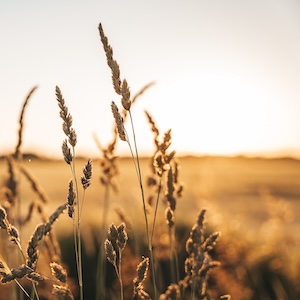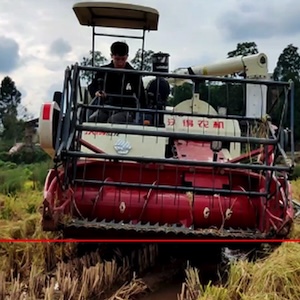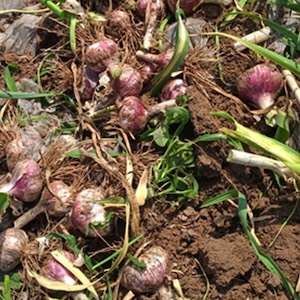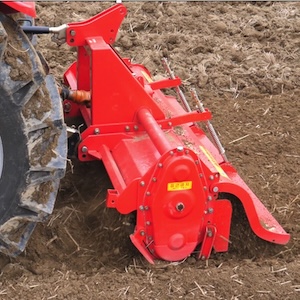Measurement of longwave radiative properties of energy-saving greenhouse screens
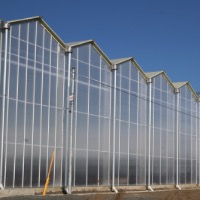
Published: 30 September 2021
Abstract Views: 1255
PDF: 542
HTML: 13
HTML: 13
Publisher's note
All claims expressed in this article are solely those of the authors and do not necessarily represent those of their affiliated organizations, or those of the publisher, the editors and the reviewers. Any product that may be evaluated in this article or claim that may be made by its manufacturer is not guaranteed or endorsed by the publisher.
All claims expressed in this article are solely those of the authors and do not necessarily represent those of their affiliated organizations, or those of the publisher, the editors and the reviewers. Any product that may be evaluated in this article or claim that may be made by its manufacturer is not guaranteed or endorsed by the publisher.
Similar Articles
- Angelo Fabbri, Alessandro Angioloni, Andrea Di Stefano, Enrico Fava, Adriano Guarnieri, Giulio Lorenzini, PRELIMINARY INVESTIGATION OF PASTA EXTRUSION PROCESS: RHEOLOGICAL CHARACTERIZATION OF SEMOLINA DOUGH , Journal of Agricultural Engineering: Vol. 38 No. 2 (2007)
- Adisa A. Folami, Eberendu N. Obioha, Aderinlewo A. Adewole, Kuye S. Ibiyemi, Performance evaluation of a developed rice-processing machine , Journal of Agricultural Engineering: Vol. 47 No. 3 (2016)
- Nathalie Almaru Caraballo-Arias, Vito Ferro, Assessing, measuring and modelling erosion in calanchi areas: a review , Journal of Agricultural Engineering: Vol. 47 No. 4 (2016)
- Ali Saeed, Alessandro Comegna, Giovanna Dragonetti, Nicola Lamaddalena, Angelo Sommella, Antonio Coppola, Soil electrical conductivity estimated by time domain reflectometry and electromagnetic induction sensors: Accounting for the different sensor observation volumes , Journal of Agricultural Engineering: Vol. 48 No. 4 (2017)
- Bernardo Pace, Maria Cefola, Antonio Francesco Logrieco, Berardo Sciscio, Antonio Sacchetti, Massimiliano Siliberti, Paolo Laforgia, Angelo Amodio, Giovanni Calderoni, Claudio Achille Garavelli, Maria Luisa Amodio, Giancarlo Colelli, Shipping container equipped with controlled atmosphere: Case study on table grape , Journal of Agricultural Engineering: Vol. 51 No. 1 (2020)
- Aristide Timene, Haman Djalo, Design of a five-bar duckbill-type mechanism for sorghum transplanting , Journal of Agricultural Engineering: Vol. 54 No. 2 (2023)
- Yiming Xiao, Jianhua Wang, Hongyi Xiong, Fangjun Xiao, Renhuan Huang, Licong Hong, Bofei Wu, Jinfeng Zhou, Yongbin Long, Yubin Lan, Lychee cultivar fine-grained image classification method based on improved ResNet-34 residual network , Journal of Agricultural Engineering: Vol. 55 No. 3 (2024)
- Giovanni Cascone, Alessandro D'Emilio, Erika Buccellato, CHARACTERIZATION OFWASTE BIOMASS FROM GREENHOUSE ROSE CULTIVATION AND PACKAGING , Journal of Agricultural Engineering: Vol. 41 No. 2 (2010)
- Angelo Fabbri, Chiara Cevoli, Giuseppe Cantalupo, A method for handlebars ballast calculation in order to reduce vibrations transmissibility in walk behind tractors , Journal of Agricultural Engineering: Vol. 48 No. 2 (2017)
- Najmun Nahar, Alex Otieno Owino, Zakaria Hossain, Influence of the initial setting of cement on the shear strength of rice husk ash stabilised soil , Journal of Agricultural Engineering: Vol. 53 No. 4 (2022)
<< < 22 23 24 25 26 27 28 29 > >>
You may also start an advanced similarity search for this article.

 https://doi.org/10.4081/jae.2021.1209
https://doi.org/10.4081/jae.2021.1209





